
15 Jun Heritage Newsletter- June 15, 2024
Contents
- 1 THE ROSE OF LONG ISLAND AND HER HERITAGE
- 2 DOLLEY MADISON’S DAGUERROTYPE GOES UP FOR SALE AT SOTHEBY’S AS DOES OTHER ITEMS THAT ARE PART OF OUR HERITAGE
- 3 OKLAHOMA SUPREME COURT DISMISSES LAWSUIT OF TULSA MASSACRE SURVIVORS
- 4 MACKINAC IS ALWAYS PRONOUNCED “MACKINAW” UNLESS YOU ARE IN MACKINAC CITY, THAT IS SOME HERITAGE!
- 5 MAE WEST’S HOUSECAR
- 6 IS IT PART OF YOUR HERITAGE THAT YOUR SEVEN-YEAR-OLD ANCESTOR SIGN ONE OF THESE INDENTURES?
- 7 WHAT ABOUT YOUR HERITAGE AND KNOWING ABOUT YOUR ANCESTORS?

THE ROSE OF LONG ISLAND AND HER HERITAGE
Julia Gardiner was the daughter of David Gardiner, a landowner and New York State senator (1824–1828), and Juliana MacLachlan Gardiner.
The Gardiners had a prestigious heritage, were a wealthy and influential family, and she was taught to value social class and advantageous marriages.
She was educated at home until she was 16 years old. Julia then attended the Chagaray Institute in New York, where she studied music, French literature, ancient history, arithmetic, and composition. She was raised as a Presbyterian.
As a young woman, Gardiner was a budding socialite who closely followed fashion trends and courted potential suitors. She was introduced in Saratoga Springs, New York , at 15.
In 1840, she shocked polite society by appearing in an advertisement for a department store, posed with an unidentified man, and identified as “The Rose of Long Island”. Her family took her to Europe, possibly to avoid further publicity, while the nickname “Rose of Long Island” became permanently associated with Gardiner.
They first left for London, arriving on October 29, 1840. They visited England, France, Italy, Switzerland, Germany, Holland, Belgium, Ireland, and Scotland before returning to New York in September 1841. While in France, she was presented to the French court, adding to her list of suitors. After returning from Europe, the Gardiners spent time in Washington, D.C.
In Washington, Gardiner and her sister Margaret would accumulate so many suitors that an extra room had to be rented to entertain them. She would continue to make visits to Washington over the following years.
Julia received marriage proposals from several prominent figures, including two members of Congress and a Supreme Court justice. She would also receive such proposals from President John Tyler, whom she eventually married and which was discussed in previous newsletters linked below. Heritage.
Julia Tyler’s First Lady pension


DOLLEY MADISON’S DAGUERROTYPE GOES UP FOR SALE AT SOTHEBY’S AS DOES OTHER ITEMS THAT ARE PART OF OUR HERITAGE
In the last edition, we had an article about Aaron Burr playing Cupid for James and Dolley Madison. I included a recently found daguerreotype of Dolley combined with an imagined James Madison made from his death mask.
Little did I know that the Dolley daguerreotype would be up for sale at Sotheby’s by the next edition. Besides the daguerreotype I shared last time, I have enclosed one possessed by the White House Historical Association.
However, that’s not the first item of Dolley’s to go on sale. Her 1836 letter ended up at Sotheby’s.
A year after President Madison’s death in 1836, his widow sold his notes from the Constitutional Convention of 1787 and his notes from his tenure as a delegate to the Congress of the Confederation to the United States Congress.
Under the supervision of Attorney General Henry D. Gilpin, these were published in 1841 as The Papers of James Madison, Purchased by Order of Congress, being his Correspondence and Reports of Debates during the Congress of the Confederation and his Reports of Debates in the Federal Convention; now Published from the Original Manuscripts, deposited in the Department of State, by Direction of the Joint Library Committee of Congress. Heritage.
The project got underway shortly after Congress acquired the papers, as this letter from Dolley Madison to James K. Paulding shows. “I hope you will excuse me my valued friend for the trouble these few lines may cause you, they are to ask your opinion of the progress, &c. made by the Messrs. Harper in printing the one volume now in their hands—’letters on Constitutional Subjects’ of which we conversed when I had the pleasure to see you in Washington.
My son has written me very often, during his present protracted visit to New-York, but I fear he is much indisposed, as well as unpracticed in that business—in any situation your counsel would be of great advantage to him, as well as to myself, and would be gratefully received.”
Paulding is best remembered as a prolific and popular author associated with the “Knickerbocker School.” Still, he also served in the Naval Department for several administrations and was appointed Secretary of the Navy by Martin Van Buren. He became known to President Madison through his anti-British satires. He discussed the possibility of writing a biography of Madison, who first appointed him secretary to the Board of Navy Commissioners in 1815.
Paulding’s principal publisher was Harper & Brothers, which was one of the reasons Mrs. Madison asked for his intercession with that firm. In the event, however, The Papers of James Madison was published by J. & H. G. Langley.
The cause of Dolley Madison’s son’s indisposition can be too easily guessed. John Payne Todd was the only surviving child from his mother’s first marriage; his younger brother and father died in the 1793 Philadelphia yellow fever epidemic.
Adopted by James Madison, Todd became a wastrel and alcoholic, often landing in prison for assault and disturbing the peace, as well as for his chronic gambling debts. Todd alienated many of his adoptive father’s papers from the archive maintained by his mother, which he would sell to satisfy his many creditors.
Below is a family tree drawn by James Madison around 1816, showing his heritage.
Here is the earlier article: Aaron Burr playing cupid with the Madisons

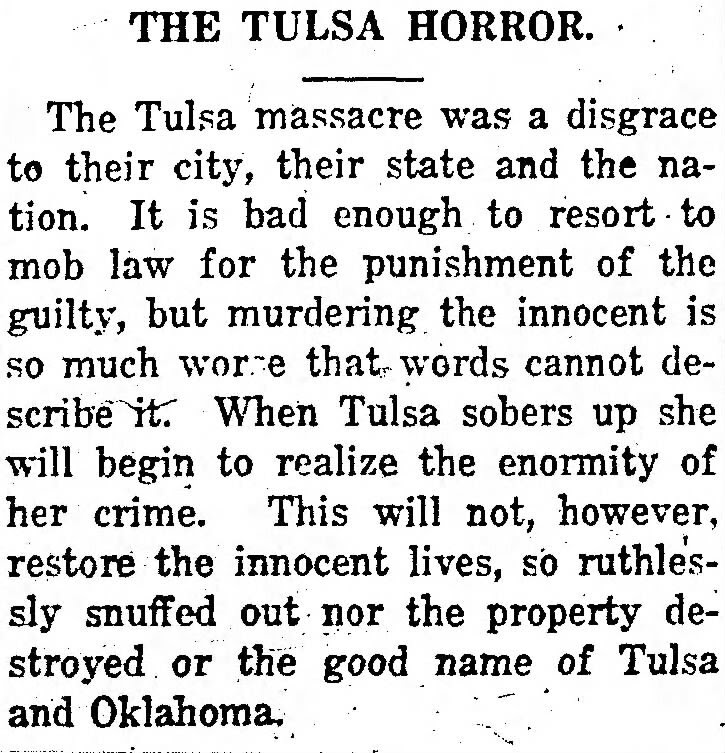
OKLAHOMA SUPREME COURT DISMISSES LAWSUIT OF TULSA MASSACRE SURVIVORS
We shared the story of the massacre in the April 2021 edition of the newsletter. Here is the article:
When I was young, as part of my heritage, I remember my grandpa telling me the story of when he was a kid (age 11), when he remembered older boys coming to the farm and telling him and his older brother, who was 14 at the time, to get their guns that they were going to Tulsa (30 miles west) to shoot rioters.
His brother said, why would I want to shoot people? They did not go.
Little did they know that they had declined to participate in a tragedy in the news 103 years later.
Here is a lead-in article on the promise of Oklahoma and a follow-up article on the tragedy:
1921 TULSA MASSACRE
Tulsa race riots 1921

MACKINAC IS ALWAYS PRONOUNCED “MACKINAW” UNLESS YOU ARE IN MACKINAC CITY, THAT IS SOME HERITAGE!
We recently visited Fort Michilimackinac and Mackinac Island and were surprised to learn that my wife’s 3rd cousin, nine times removed had been the British commander of the Fort.
Arent Schuyler DePeyster (1736 – 1822) was an American-born military officer best known for his term as commandant of the British controlled Fort Michilimackinac and Fort Detroit during the American Revolution.
Following the capture of Lieutenant-Governor General Henry Hamilton, DePeyster is often credited as being the military leader of British and Indian forces in the Western American and Canadian frontiers.
De Peyster received a commission into the British Army in 1755, and joined the 50th Foot Regiment, which had been raised in America in 1748. He next held a commission in the 51st Foot, a regiment formed by Lieutenant General Robert Napier in America, which at one point, had three Schuylers in it.
During the Seven Years’ War, he served under his uncle Philip Schuyler in upper colonial New York, gaining experience at frontier American warfare. He was captured, held as prisoner in France, and served out the war with the 8th Regiment of Foot in Germany after being exchanged.
The 8th Regiment was assigned to Canada, and DePeyster enjoyed a series of promotions. In 1774, he was appointed commandant of Fort Michilimackinac, DePeyster spent the next five years at the Fort.
After fighting with American rebels began on 19 April 1775, DePeyster recruited Native Americans from the Great Lakes region to serve the British Crown, notably the effort under General John Burgoyne in his native colony of New York. He was rewarded with a promotion to major.
In 1779, Major DePeyster took control of Detroit. The American Indian tribes of the Northwest Territory were then hostile to the British, but DePeyster, by his tact and the adoption of conciliatory measures, entirely weaned them from the colonists, and effectively managed his American Indian allies against American militia from Pennsylvania and Kentucky. Although Great Britain ceded control of Detroit to the United States at the end of the war, Detroit remained in British control until 1796.
In November 1783, DePeyster was informed that he was promoted to Lieutenant-Colonel and was being transferred to Fort Niagara, situated at the connection of the Niagara River and Lake Ontario. However, he did not leave for Niagara until 30 May 1784, where he assumed command on 5 June 1784. In the summer of 1785, after the war’s completion, he set sail and returned to England with his Regiment and continued to serve, eventually receiving a commission as colonel, on 12 October 1793.
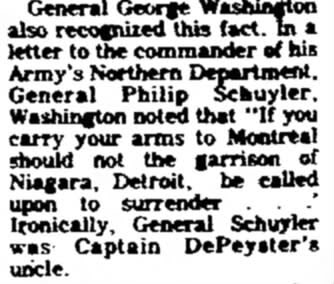
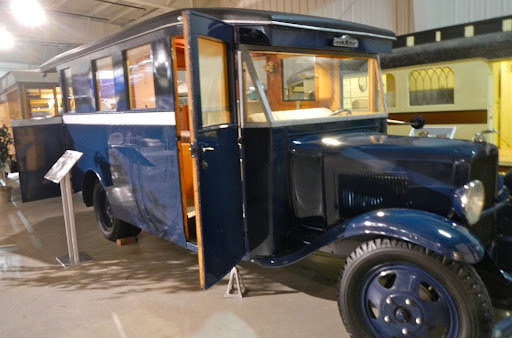
MAE WEST’S HOUSECAR
For the few people who don’t know, Mae West was a raunchy actress, writer, and comedian born in Brooklyn in 1893. To try to explain a little about her, the first play she wrote and acted in – in 1926 – was entitled Sex.
She continued to shock throughout her life. Her name was commonly given to a type of lifejacket that made your chest area appear more prominent.
She started her career on the stage in vaudeville, but by 1930, the new film industry, based in a then-tiny town called Hollywood, was looking for actors they could transform into movie stars. Who better than Mae? But she took some persuading.
Hollywood offered her plenty of money, of course, and also many extras. One of those was a 1931 Chevrolet Housecar. It’s said that Miss West disliked other forms of travel, particularly flying, so the Paramount Studios enticed her with her own private, chauffeur-driven mode of transport.
This wasn’t just an early version of a limo but also a very early example of an RV. Yes, the grandfather of all the Winnebagos and Airstreams we’ve grown accustomed to. Today, it seems equipped in quite a spartan fashion, but it was the height of luxury in those days.
It even has a back porch. Miss West would sit on the porch in a rocking chair so that she could be seen and admired by her fans as she traveled. And you can still see the vehicle today. It is one of the many heritages exhibited in the RV Hall of Fame and Museum in Elkhart, Indiana.
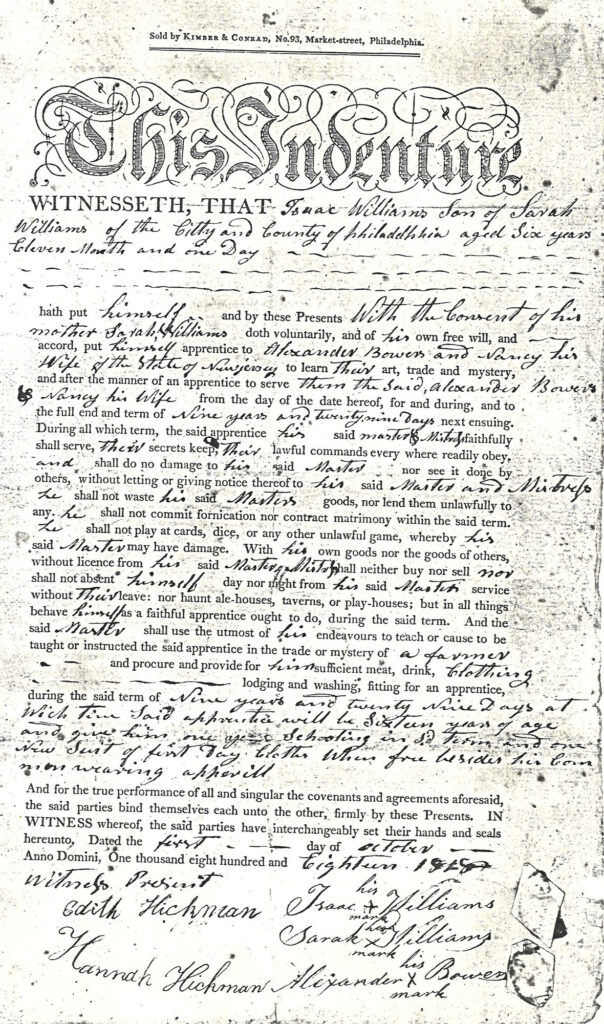
IS IT PART OF YOUR HERITAGE THAT YOUR SEVEN-YEAR-OLD ANCESTOR SIGN ONE OF THESE INDENTURES?
In this case, my son-in-law’s 4th Great-Grandfather Alexander Bowers, and his wife, Nancy, agreed to teach eight-year-old Isaac Williams the art, trade, and mystery of being a farmer and serve as an apprentice for nine years and twenty-nine days.
Isaac and his mother, Sarah, had to agree that he would keep his master’s secrets, obey his commands, do no damage to his master or see if done by others, waste his master’s goods, lend them unlawfully, commit fornication nor contract matrimony, not play cards or dice, or any unlawful game.
He could not haunt ale houses, taverns, or playhouses. The master shall provide him with meat, drink, clothing, lodging, washing, and one year’s schooling.
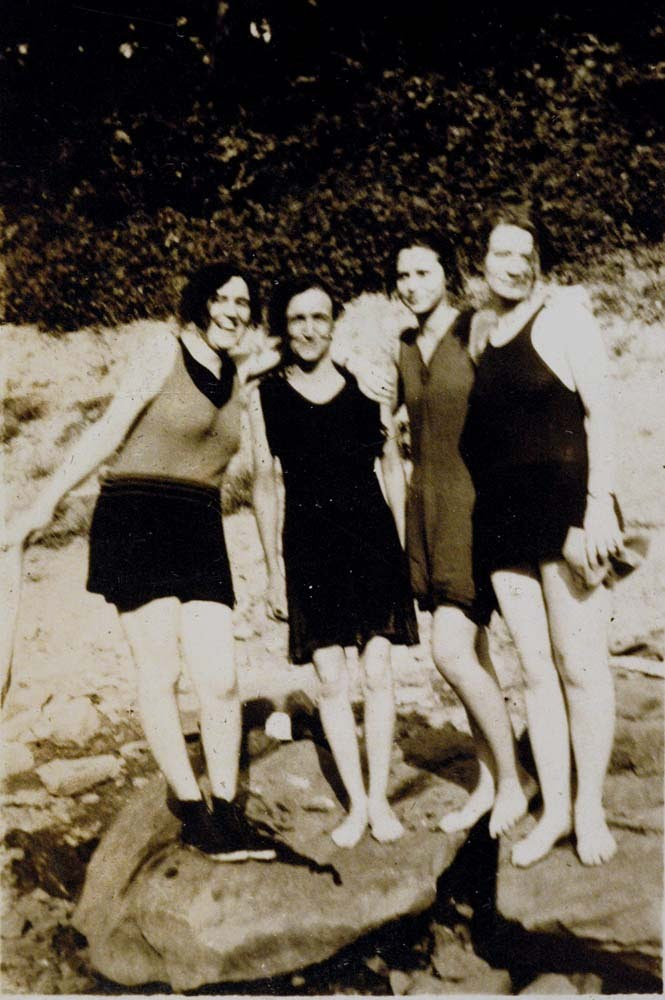
WHAT ABOUT YOUR HERITAGE AND KNOWING ABOUT YOUR ANCESTORS?
Reach out to Dancestors Genealogy. Our genealogists will research, discover, and preserve your family history. No one is getting any younger, and stories disappear from memory every year and eventually from our potential ability to find them.
Preserve your legacy, and the heritage of your ancestors.
Paper gets thrown in the trash; books survive!
So please do not hesitate and call me @ 214-914-3598 and get your project started!
Visit our website: Ancestry Genealogy and Family Tree Research


